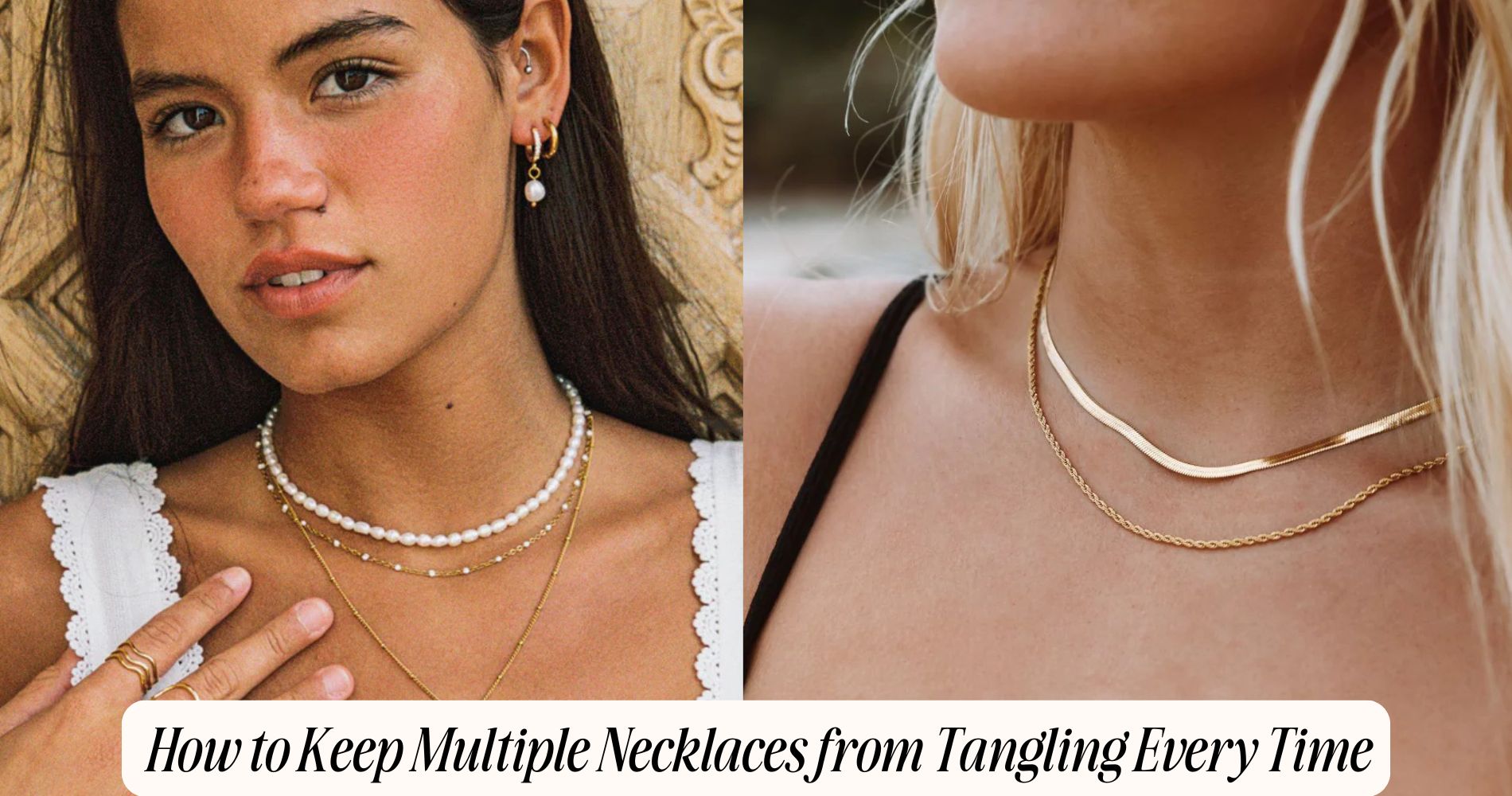
How to Keep Multiple Necklaces From Tangling Every Time
Wondering how to keep multiple necklaces from tangling? Layer them 2–4 inches apart, choose one focal pendant, and mix chain textures so they glide instead of grip. Lock clasps at the back, aligned and separated; add a multi-strand separator and silicone stoppers near bails to anchor pendants. Pre-twist chains in opposite directions, use lobster or magnetic clasps, and add tiny extenders for clean drops. A micro-drop of dry PTFE on clasps cuts friction. Store chains individually and pack through straws—or explore more layering inspiration in Atolea’s Layered Necklaces collection.
Why Necklaces Tangle and How to Outsmart the Physics
Even when you’re careful, thin chains, pendants, and clasps create loops that twist and knot as they jostle and rotate.
Necklace physics is simple: moving chains seek the lowest-energy state, and loops hook each other. Gravity pulls pendants to center; your steps add oscillations; body heat softens links; static builds; and chain friction locks crossings into knots.
Outsmart this by controlling motion and contact points. Secure clasps at the back, aligned and separated. Anchor pendants with discreet silicone stoppers near bails. Add a tiny counterweight or hair elastic at the nape to reduce swing. Pre-twist chains once in opposite directions to balance torque. Use a micro-drop of dry PTFE on clasps to lower chain friction.
Before wearing, shake necklaces vertically; if they rotate together, re-space and re-anchor.
Choosing Chains and Lengths That Layer Without Clashing
While style matters, start with spacing: pick three lengths that stagger by at least 2–4 inches so pendants don’t collide—think 14–16" collar, 18" standard, 20–22" drop.
Favor one focal pendant and keep the others minimal. Use layering techniques that mix scale: one delicate chain, one medium, one textured. Contrast chain materials to reduce friction—slick snake or box alongside a fine cable or bead chain.
Choose weight wisely. A slightly heavier base chain anchors lighter strands and limits swing. Keep pendant proportions aligned: small charm up high, medium center, longest simplest. Avoid two pendants at the same level.
Match metal tones or commit to a deliberate mixed-metal palette for cohesion. Test movement: rotate your shoulders; if pieces overlap, adjust lengths or swap chain styles.
Clasp Hacks and Layering Tools That Keep Strands Separate
You’ve spaced and weighted your layers; now lock them in with hardware that keeps each strand in its lane. Use a multi-strand necklace separator: slide each chain into its own tube, then close the bar behind your neck to stop twisting.
Pick clasp types that reduce rotation—lobster or magnetic clasps beat spring rings for control.
Attach small extender chains so each necklace sits at a distinct drop; micro-adjustments support clean layering techniques. Add silicone-lined stoppers near the clasps to anchor slippery chains. Use tiny split rings instead of open jump rings to prevent snagging.
For pendants, thread a discreet wire guard to guide the bail forward. If you combine metals, choose a neutral-toned separator to hide visual clutter and stabilize movement.
Step-by-Step Setup for Tangle-Free Daily Wear
Before you reach for clasps, map your layers on a flat surface to confirm the order, lengths, and pendant positions. Measure gaps: aim for 1–1.5 inches between chains. Place the shortest, non-pendant choker first; end with the longest pendant. Note weights—heavier pieces go lower to reduce swing.
Attach each chain to a multi-clasp separator or extender in sequence. If you’re mixing metals, keep similar finishes apart to limit friction. Add a micro silicone stopper bead behind sliding pendants to lock placement.
Put necklaces on last. Stand straight, fasten the separator, then gently tug each strand forward to remove slack. Rotate clasps to the nape center.
Do a 10-step head-turn test; if chains migrate, adjust spacing. Record successful layering techniques in your necklace organization notes.
Storage Methods That Prevent Knots at Home
Even when you’re careful, necklaces tangle unless each has a defined parking spot and stays immobilized.
Mount a wall rack or pegboard with staggered hooks; assign one hook per chain and clasp each piece before hanging. Use a standing tree with tall arms for long pendants and short arms for chokers to prevent overlap.
In drawers, add flocked necklace trays with individual channels; route chains straight, tuck pendants in wells, and close clasps. For deep drawers, install narrow dowels or command hooks along the sides.
Employ anti-tarnish zip pouches with a single necklace per pouch, then file them upright in a narrow bin. Rotate frequently worn pieces to front positions.
These display solutions pair with smart organizational tips: label zones, maintain one-item-per-compartment, and audit monthly.
Travel-Friendly Packing Tricks for Delicate Chains
Three simple tools keep delicate chains tangle-free on the go: straws, cards, and pouches. Thread each necklace through a straw, clasp it, and trim excess straw for compact packing.
For short chains, slit a business card, anchor the clasp in one slit and the pendant in another. Slip each wrapped necklace into a soft microfiber pouch to prevent friction.
Use hard-shell cases as travel essentials: a sunglasses case or mini tackle box keeps items separated. Add silica gel packets to limit moisture.
Coil fine chains loosely; never ball them. Pack heavier pieces in their own zip bags so weight doesn’t crush delicate links.
Final packing tips: keep necklaces in a flat layer at the top of your carry-on and avoid overstuffing.
Frequently Asked Questions
Can I Swim or Shower While Wearing Layered Necklaces?
Yes, but it’s not ideal. For swimming safety, remove layered necklaces to prevent snags, tarnish, and loss. For showering tips, choose solid gold or silicone, rinse afterward, pat dry, detangle, and store separated with clasps closed.
How Do I Detangle a Knot Without Breaking Delicate Chains?
Use detangling techniques: lay chains on a flat surface, add a drop of baby oil, and massage knots with gentle tools—pins, toothpicks. Work from edges, loosen gradually, rinse with mild soap, pat dry, store separated.
Which Metals Minimize Skin Irritation When Layering Daily?
Choose titanium, surgical stainless steel, platinum, or 14k–18k solid gold to minimize irritation when layering daily. Prefer nickel-free, rhodium-plated, or PVD-coated pieces. Explore gold alternatives like vermeil and hypoallergenic options like niobium. Patch-test and clean regularly.
How Often Should I Clean Layered Necklaces to Prevent Buildup?
Clean layered necklaces weekly for routine necklace cleaning; wipe after each wear. Do monthly deep jewelry maintenance: soak gentle soap, soft brush, rinse, dry fully. Avoid perfumes, lotions, and sweat; rotate pieces. Inspect clasps and chains for grime.
Can Magnetic Fields or Tech Devices Affect Layered Chains?
Yes, mild magnetic interference from phones, speakers, or clasps can attract or twist layered chains. Use nonmagnetic metals, avoid magnetic clasps together, keep devices in opposite pockets, separate chains with spacers, and store necklaces apart. Basic tech precautions suffice.
Conclusion
Tangles don’t have to be inevitable. When you pick complementary chain types and lengths, add a separator clasp, and lock each strand with a stopper bead, your layers stay neat. Put necklaces on in order, fasten at the front, then rotate. At home, hang each chain separately or store clasped in a soft slot. For travel, thread chains through straws or cards and zip in mini bags. Refresh your setup weekly and you’ll keep every layer tangle‑free.






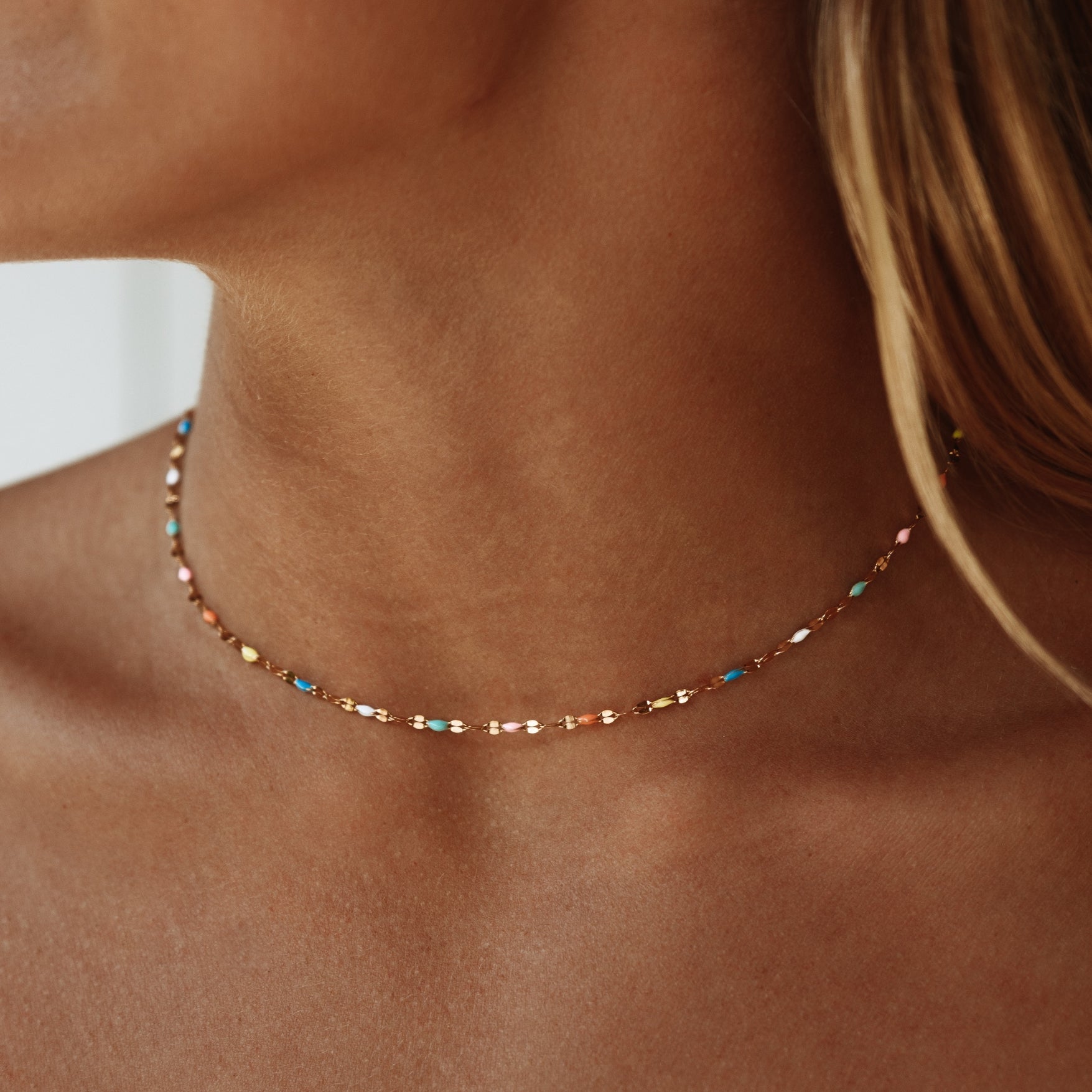
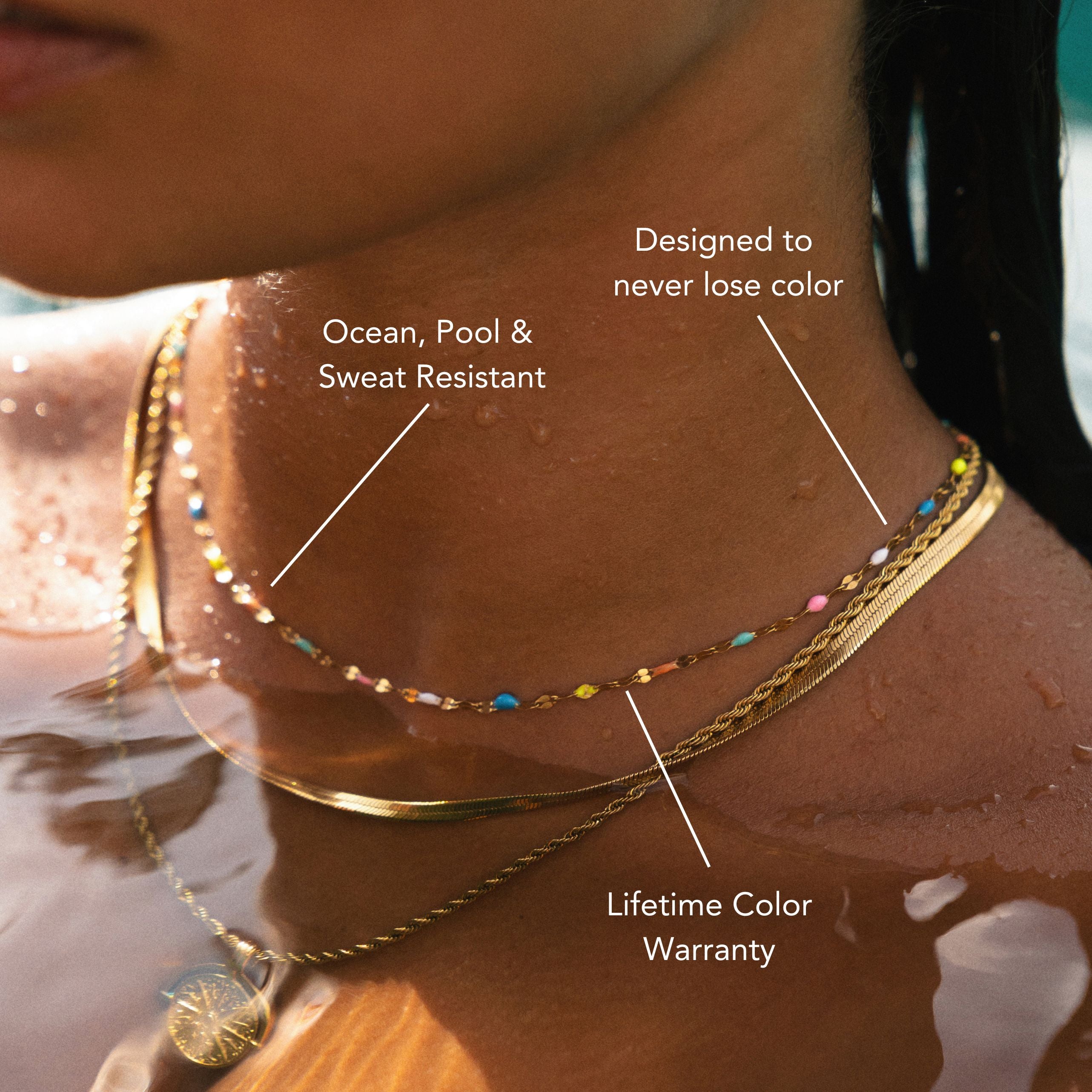
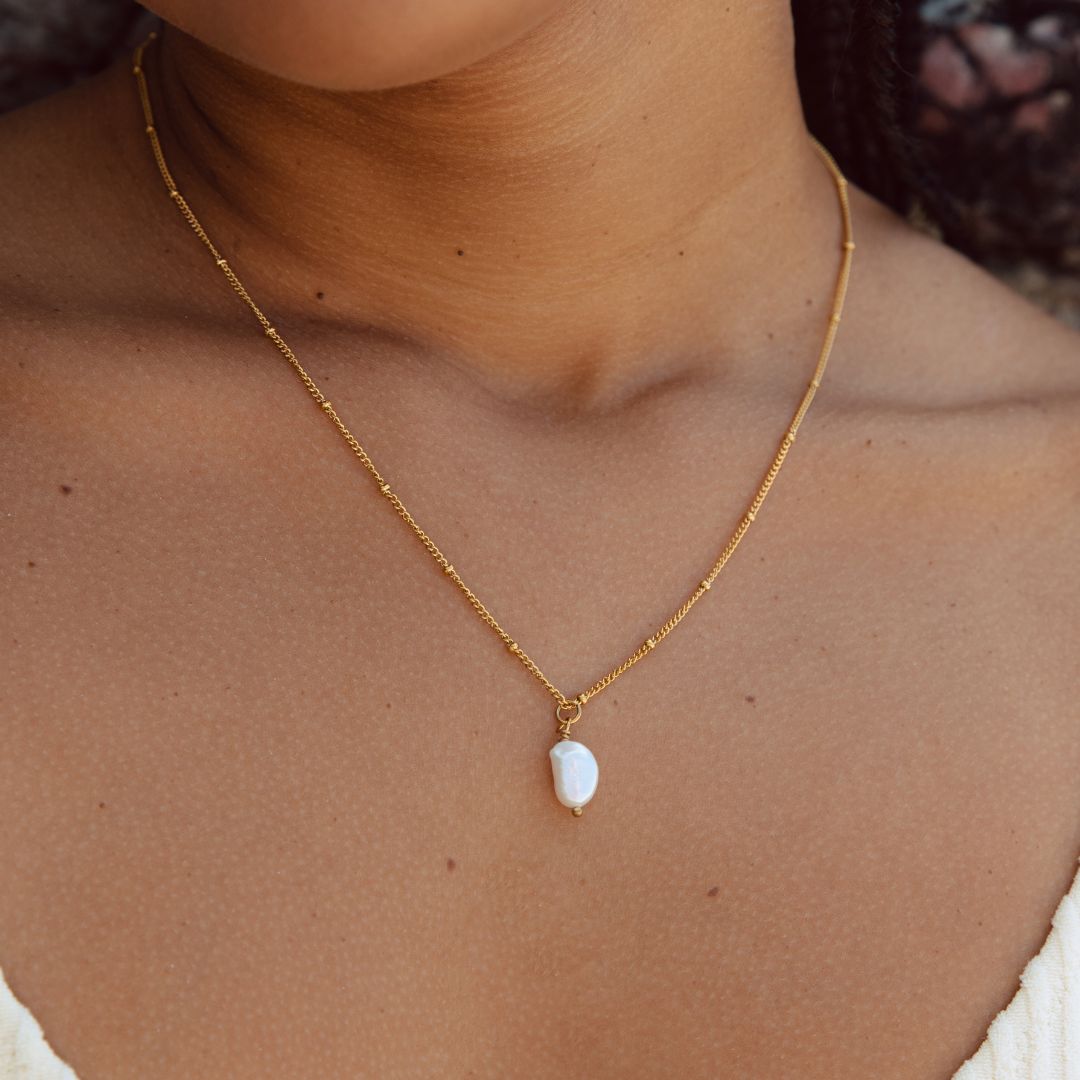

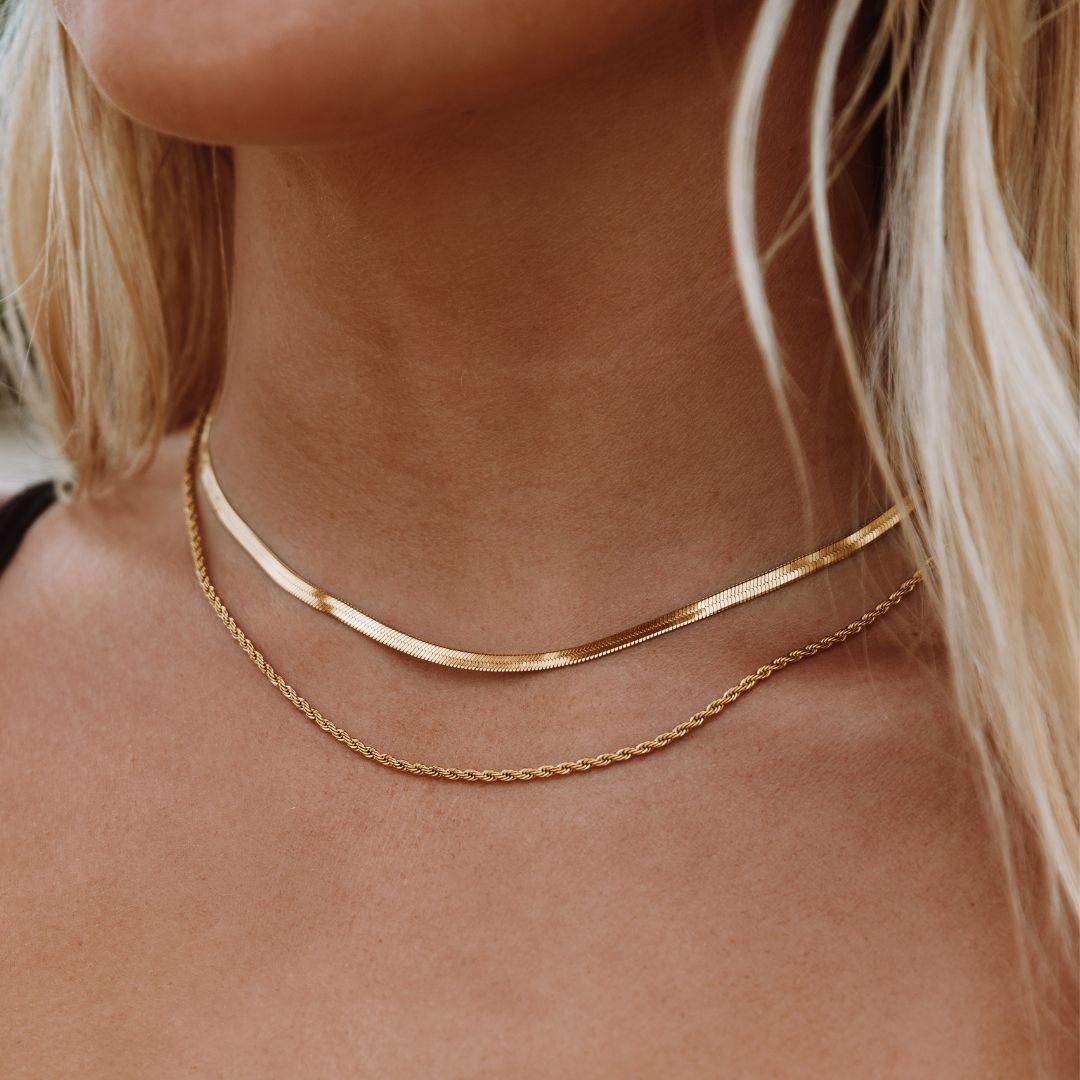
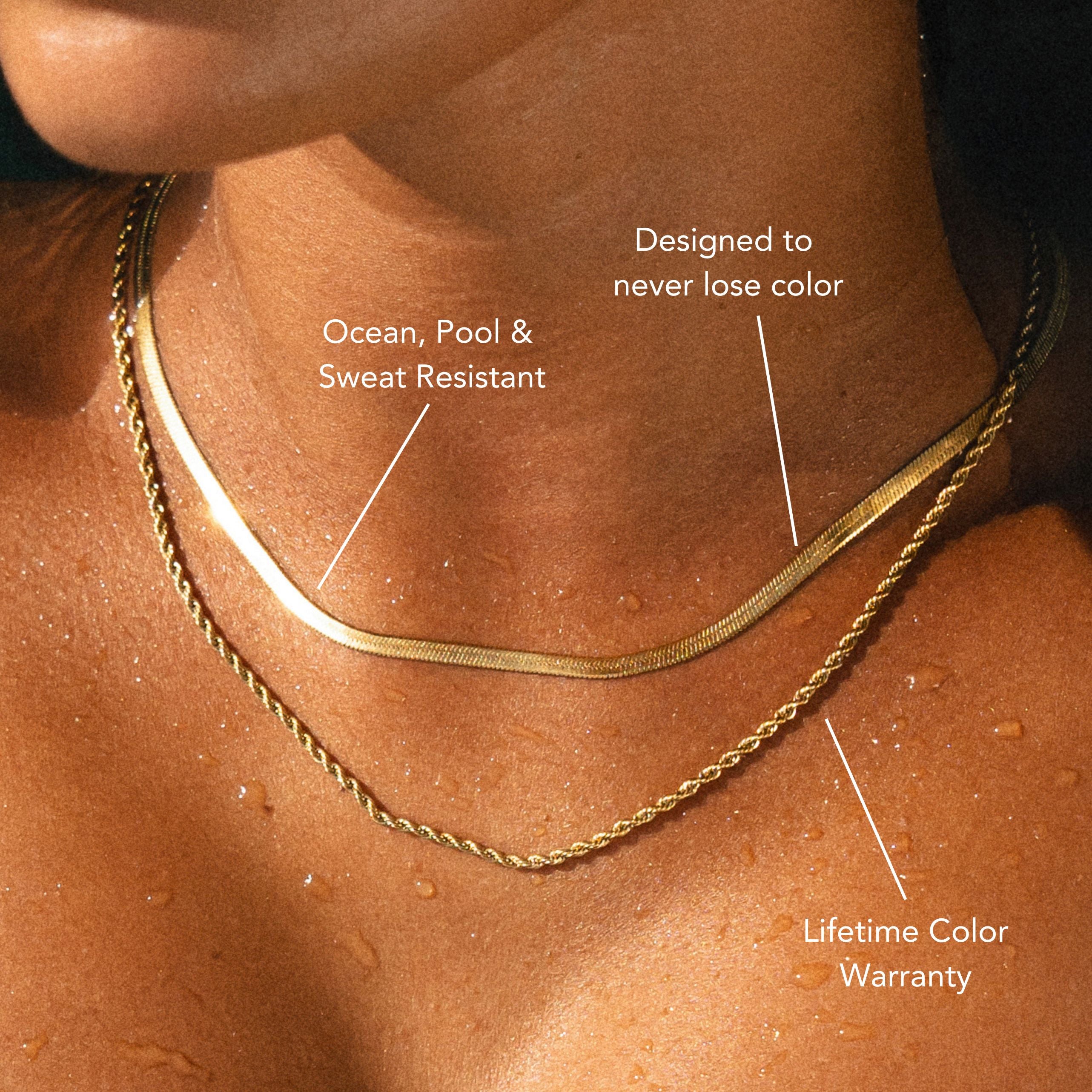

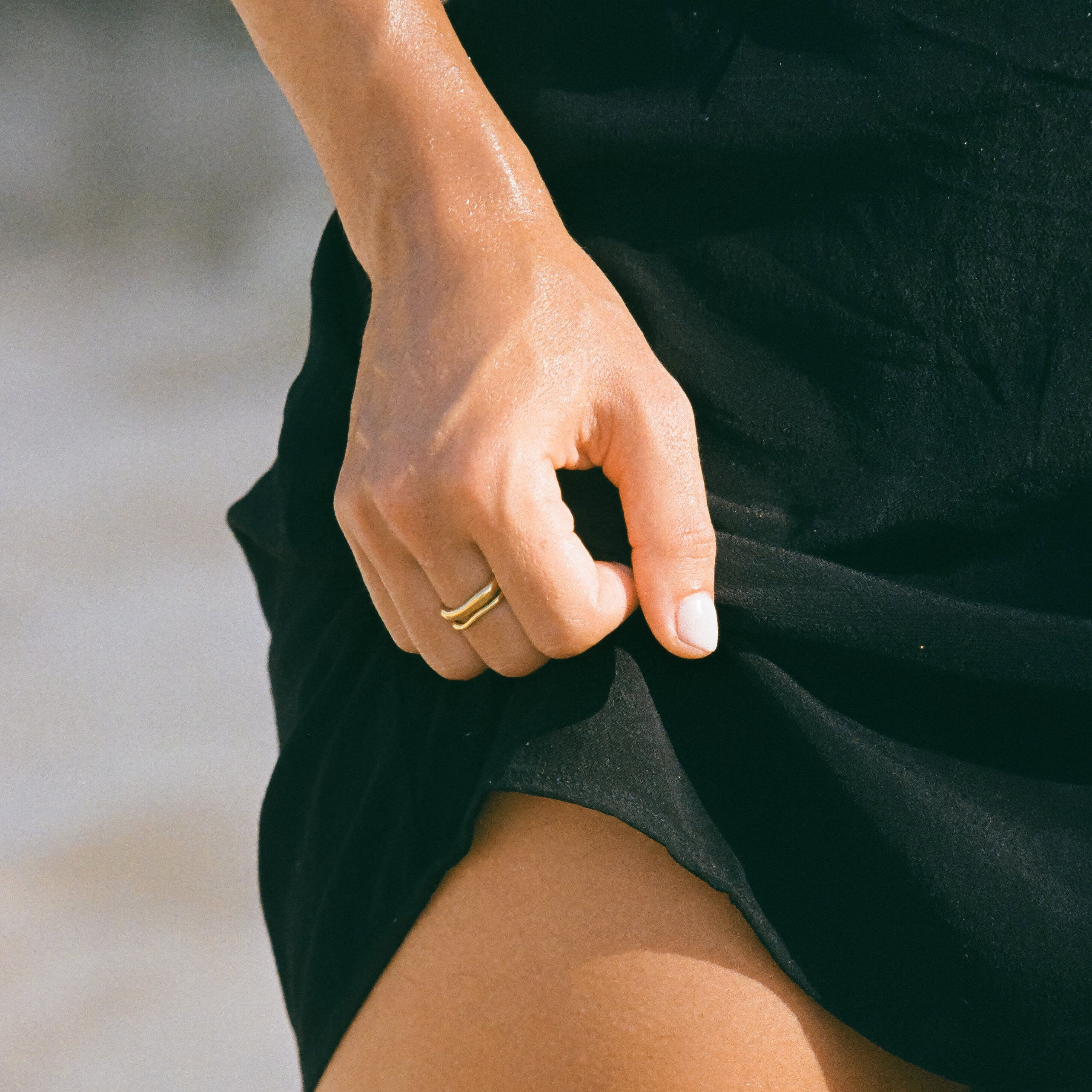


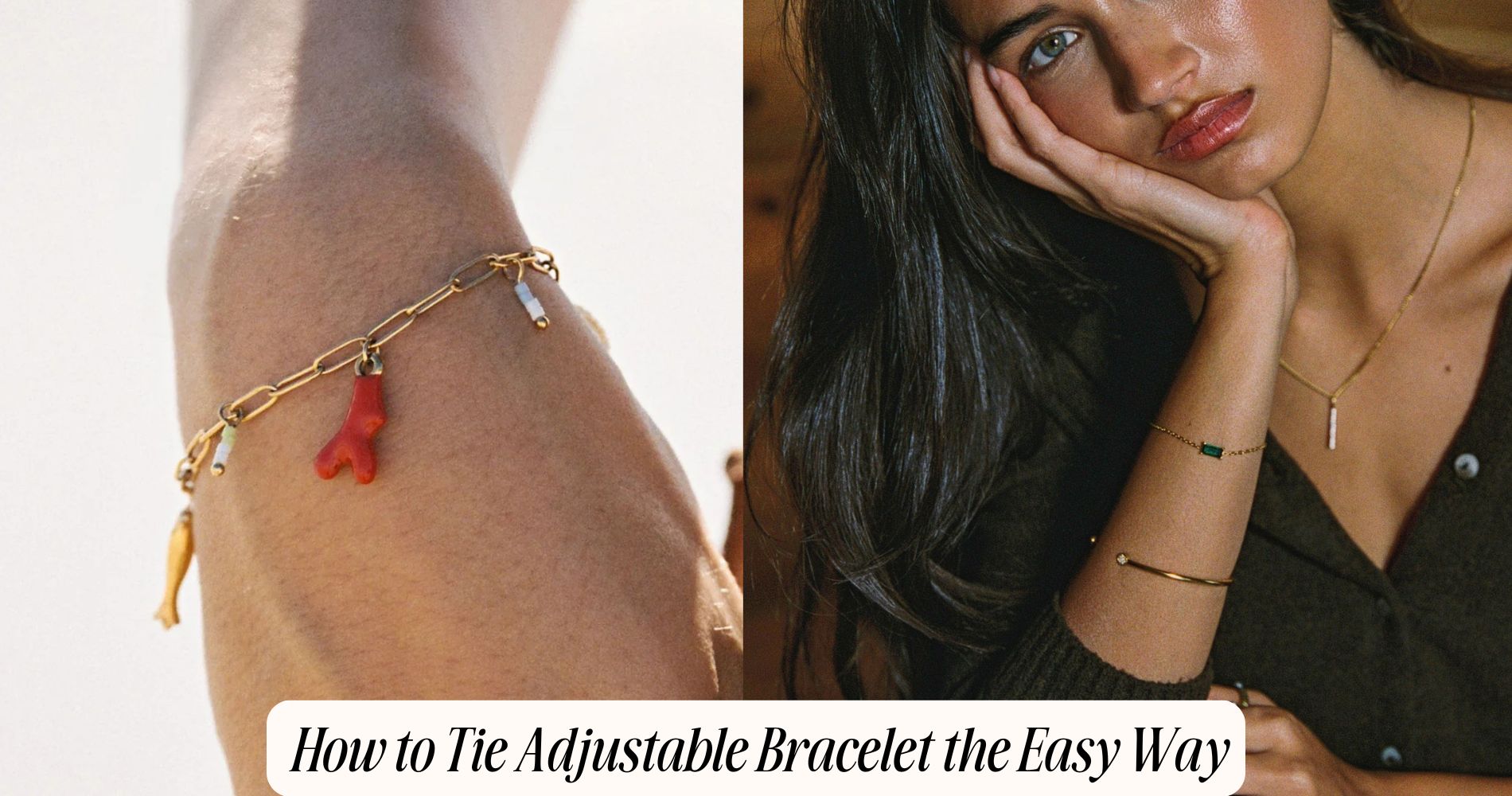
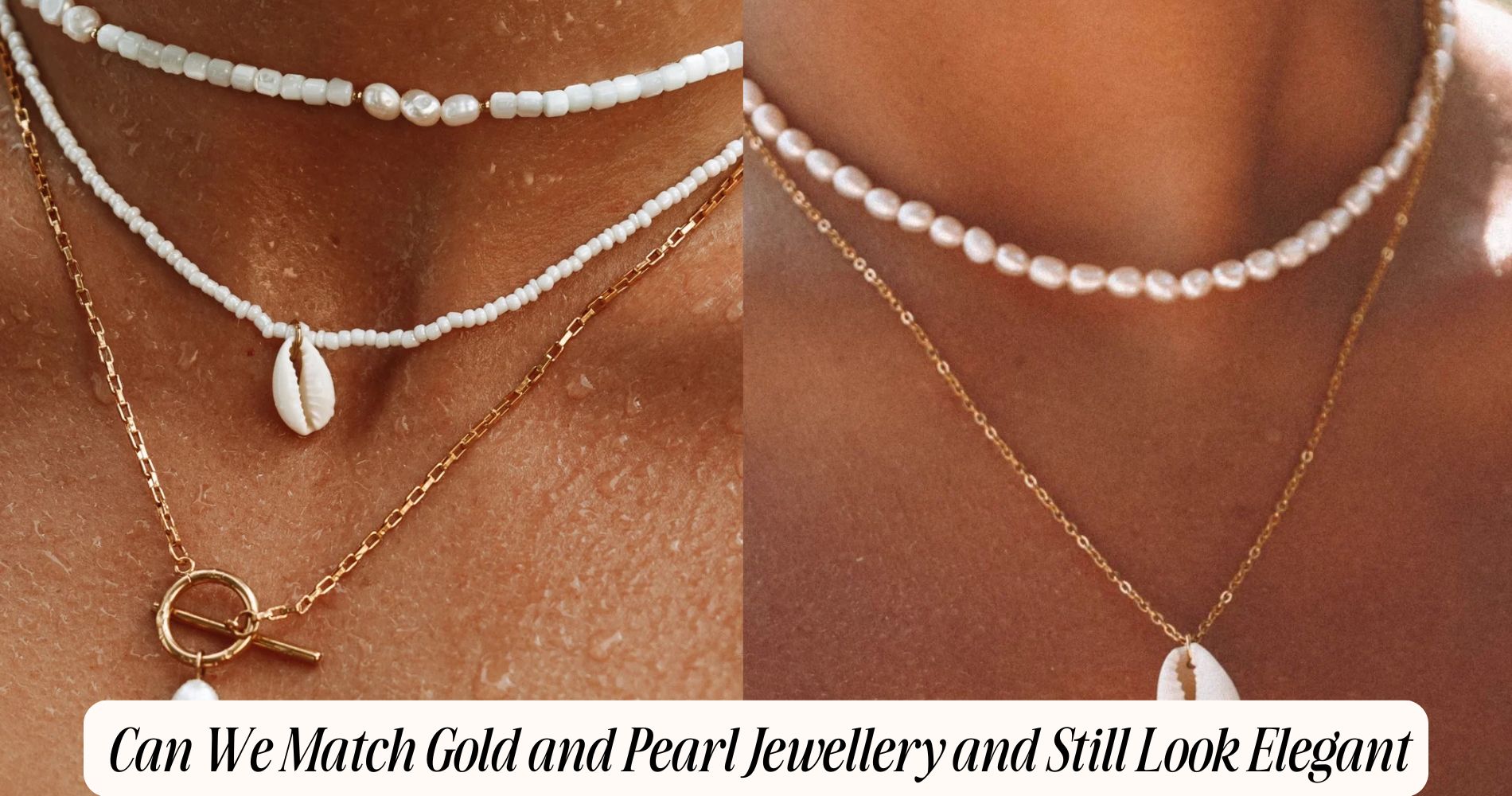




Leave a comment
This site is protected by hCaptcha and the hCaptcha Privacy Policy and Terms of Service apply.